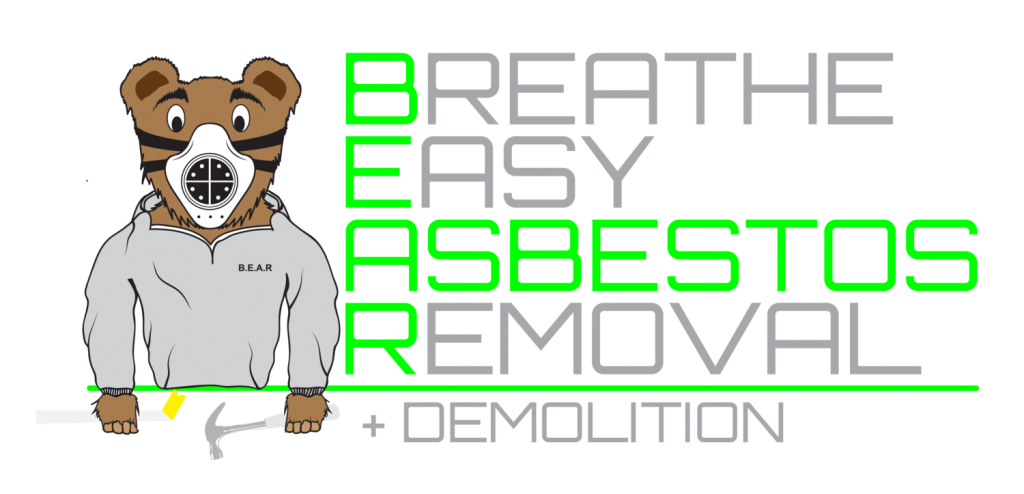WHAT IS ASBESTOS?
What is asbestos? How does it affects our health? Let Bear Asbestos help you understand the importance of testing, sampling and removal in order to keep your properties safer.
When this cement products were first manufactured in the 1920s, they were considered a game-changer for the building industry. A naturally occurring mineral, this was found to contain strong fibres which offered durability, fire resistance, and insulating properties.
Mined from the ground, it could be made into many different products and these were extensively used in the Australian residential building industry between the 1940s and late 1980s. Little did people know at the time how dangerous these fibres were.
Up to 200 times thinner than a human hair, asbestos fibres can float unseen in the air for up to three months in a closed room. When the fibres are inhaled into the lungs they can cause shocking illnesses and diseases, including lung cancer, asbestosis, and mesothelioma.
Asbestos was completely banned for use and import into Australia in December 2003. (The ban does not apply to those installed prior to this date). Unbelievably, products are still used in some countries today.
In Australia, asbestos was used in more than 3,000 different products, such as cement sheeting, fibro, insulation, roofing materials, pipes, and guttering. So, if your home or workplace was built between the 1940s and 1980s, there’s a good chance it contains some form of asbestos.
ASBESTOS WITHIN AUSTRALIA
Asbestos in Australia is a real concern making testing paramount. From the end of World War II until 1954, 52% of all houses built in New South Wales used this type of cement. Up until the 1960s, a quarter of all new housing was clad in this type of cement.
In Victoria, it is estimated that a shocking 98% of homes built before 1976 contained the substance.
In Queensland, if your building was constructed before 1990, it is quite likely to contain asbestos products. Finding asbestos on the Central and North Queensland region is very common, especially bonded cement products such as roofing, shingles, exterior and interior wall cladding, and fencing.
It’s the same story all over Queensland, especially with the growing trend for renovating old houses. Simply living or working in a building that contains asbestos is not dangerous IF IT IS IN GOOD CONDITION.
But when asbestos-containing material is disturbed through damage, drilling or demolition the dangerous fibres become airborne and can be inhaled which is why testing before any renovations is essential.
TYPES
The three main types of asbestos are Chrysotile, Amosite and Crocidolite.
Chrysotile: The most commonly used example, Chrysotile is a white with soft curly fibres.
Amosite: Sometimes referred to as Brown Asbestos, this product has straight grey-to-brown fibres and was used where additional strength was required. This included the manufacture of asbestos-cement pipes.
Crocidolite: Used in projects where acid-resistance was needed, Blue Asbestos has very fine and straight blue fibres.
All three types were used in building materials and pose health risks and are now banned in Australia.
IS IT FRIABLE OR NON-FRIABLE / BONDED?
Asbestos products are generally referred to as friable or non-friable/bonded. This terminology refers to how easily the product may release fibres when disturbed.
Non-Friable/Bonded
Most of the asbestos used in Australia was non-friable/bonded. This means the fibres were bonded by cement, resin, vinyl, or another material. This type of product releases fibres when damaged or broken.
The reassuring news is that these fibres are coarser and don’t pose as high a risk. Having said that, however, they are still dangerous and need to be professionally removed and disposed of.
Friable
This is the most hazardous material. With very little pressure it can be crumbled or broken, and reduced to a powder. If this has happened in your home you need to take immediate action.
You should also note that previously non-friable/bonded material that has been broken or damaged can become friable.
It is necessary to take samples and have them tested in a laboratory to identify the presence of asbestos, this will also determine whether it is friable or non-friable.
As a general rule, if you think the material is asbestos, treat it as such until you know otherwise.
If you need asbestos sampling, testing, removal, and/or demolition, call us at call us at 0473 999 333 or email:


